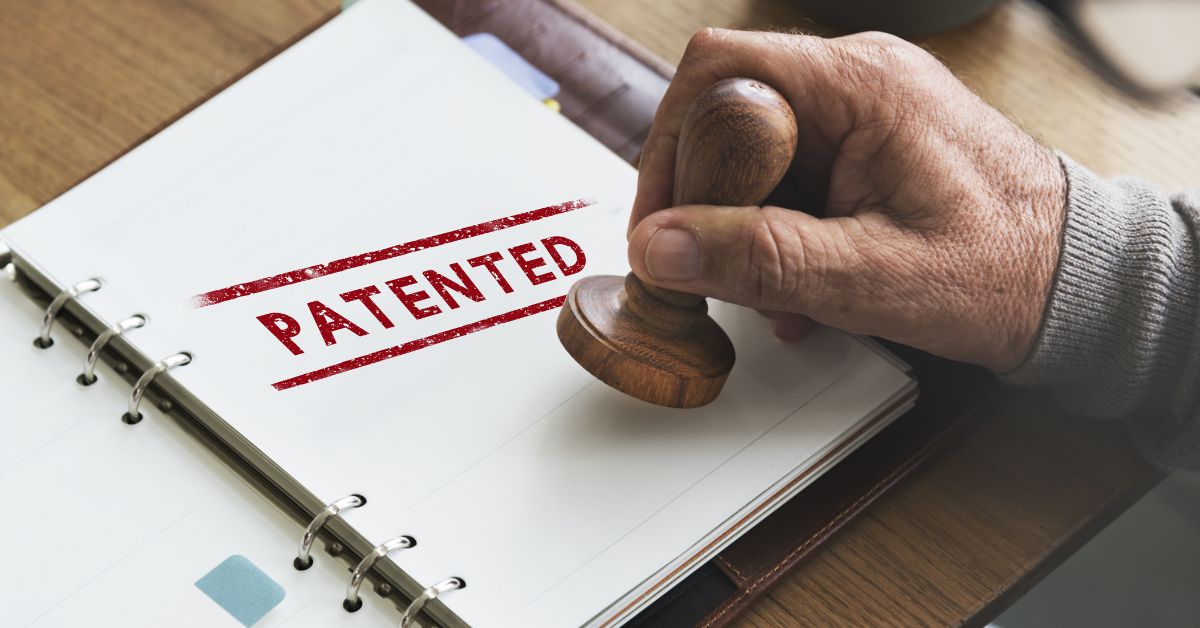A design patent protects the visual ornamental characteristics of an article of manufacture, focusing on its three-dimensional shape.
According to the USPTO, it involves the appearance, configuration, or surface ornamentation applied to the article.
Securing an industrial design registry might seem complex, but it can be a straightforward affair if you know the proper steps.
In this article, we will break down the essential pathway to obtaining a design patent. Whether you’re an artist, creator, innovator, or entrepreneur/business owner, we urge you to explore this comprehensive guide here:
1. Understand Industrial Design Law
Before you apply your design, you must have a basic comprehension of what Industrial Design is and what requirements you need to register your design. Make sure you read the relevant regulations, such as Law No. 31 Year 2000 in Indonesia.
2. Invention Disclosure
Like a provisional patent application, initiate the process by thoroughly understanding the design and creating a basic sketch.
Collaborating with professionals such as Industrial Design Service of Am Badar is advisable, while solo applicants should seek feedback from trusted sources.
3. Separate Utility from Design Aspects
The next step of getting an industrial design registry involves distinguishing between your invention’s functional (utility) and non-functional (design) aspects.
As industrial design exclusively protects visual elements, any utility aspects must be explored through a separate application.
4. Conduct Searches
Often overlooked but crucial, conduct searches to ensure the uniqueness of the design. Please do so to avoid rejection during the application process.
While it may be challenging to search for designs, inventors are encouraged to perform their searches before consulting a professional.
5. The Preamble
The fifth step to getting a design patent is crafting a formal introduction for your design, known as the preamble.
This includes a title without marketing elements, aiding in proper classification and identification by an authorized party (for example, DGIP in Indonesia), and enhancing public understanding.
6. Cross-References
Next, include cross-references or references cited to point out prior art used by examiners. It’s important to note the number of references can impact the breadth of industrial design protection.
7. Descriptions of Figures
Provide detailed descriptions of your design application. This section is similar to the specification in utility patent applications.
Consistency in terminology, such as using “FIG.” for figures, is crucial. Indicate each figure’s type of view (perspective, elevation, top plan, etc.).
8. The Claim
Design claims are simple and uniform. For example, the standard claim format in the US is “the ornamental design for a [TITLE OF INVENTION], as shown and described.”
Keeping the claim concise is crucial, as any additional wording may limit the inventor’s rights.
9. Drawings/Figures or Photographs
Work closely with an IP attorney and drafting specialist to ensure accurate representation of protected aspects. While one black-and-white drawing is required, submitting multiple drawings enhances design clarity.
10. Formal Submittal Documents
Lastly, compile all necessary documents for the final application submission. These include drawings, preamble, cross-references, statements about federally-sponsored research, figure descriptions, a single claim, and an executed oath or declaration.
To learn more about how to get a design registry, don’t hesitate to seek professional Industrial Design Services by Am Badar. You can access these pages for further insights and information: insight, service, and contact us.
References:
- https://boldip.com/file-design-patent/
- https://www.patenttrademarkblog.com/requirements-design-patent/
- https://patentpc.com/blog/how-to-get-a-patent-on-a-design
Reviewed by Nabil Argya Yusuf

